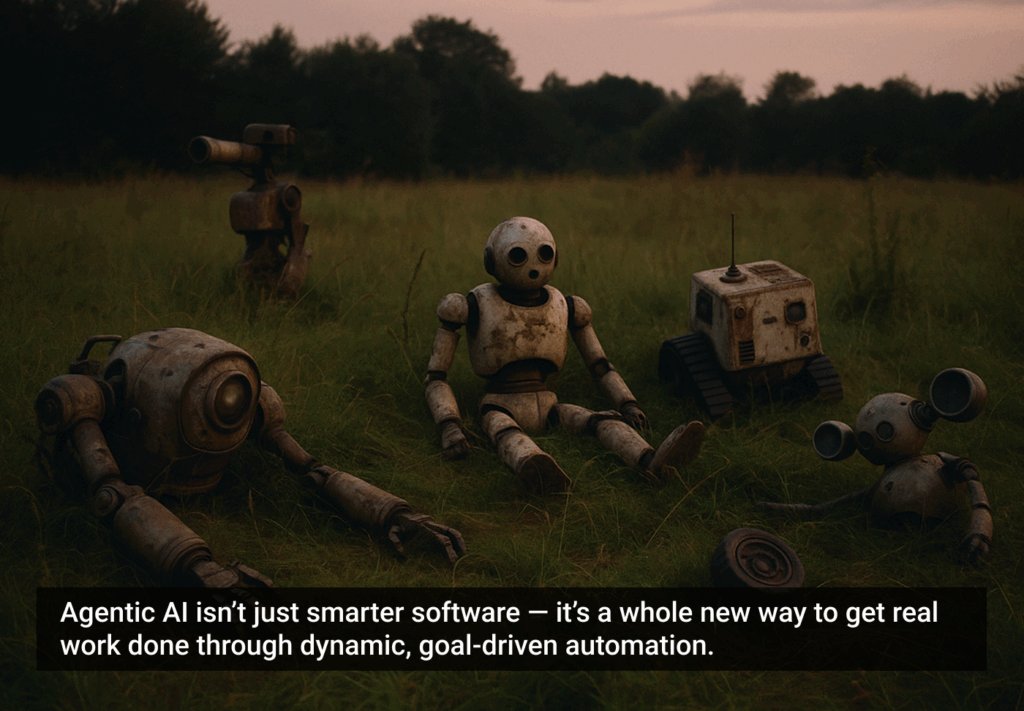Fisher Phillips associate Samantha Saltzman explores the potential application of artificial-intelligence-powered chatbots in HR, including the possible benefits of employing AI chatbots and the limitations employers can expect.
When faced with a problem or question, where do you look for a solution? Chances are, you Google it instead of reaching for a resource book. Typing in a quick search for an answer is not only easier, but usually also significantly quicker.
Now, imagine this in a workplace setting: Where do employees look for an answer to their questions regarding a certain employment policy? Often, their only option is to review the company’s 100-page employee handbook, a painstaking and time-consuming process. But what if there was an easier way for employees to find an answer to their questions?
Enter artificial intelligence-powered (AI) chatbots, which may provide an easier and quicker way for employees to obtain fast answers to their questions.
What Are AI Chatbots?
Chatbots are computer programs capable of simulating conversations through voice or text. They are customizable and made possible by the cloud, deep learning technologies, automatic speech recognition and natural language processing. More specifically, chatbots utilize machine learning and natural language processing to take a request and, after processing, use algorithms to identify the request and offer a response. These programs essentially use AI to learn to behave like humans in order to provide engaging conversational experiences on various devices or platforms.
AI chatbots have already transformed the way service industries provide customer service. A recent survey found that eight out of 10 businesses have already implemented or plan to adopt AI as a customer service solution by 2020. Certain retail and technology companies even introduced services that allow other companies to build bots and enable them to exploit some AI capabilities.
Possibilities for AI Chatbots In HR
With the integration of machine learning, AI chatbot technology is now opening up to human resource departments ripe for intelligent automation. This technological advancement falls in line with recent trends and changing employee demographics, with the increase of millennial and Generation Z employees in the workforce.
Among the first companies to use a chatbot for its employees was Kimberly-Clark. The company saw great results, with its helpline receiving 2.5 times more questions and employees initiating more than 3,000 chats. Thus, it begs the question of what additional benefits AI chatbots could provide for HR purposes.
Typically, HR departments have countless policies, procedures and instructions to guide employees. However, these policies are only effective when employees know they exist, where to find them and what they require. AI chatbots can improve how HR policies are organized and stored by allowing employees to read and acknowledge policies with an AI chatbot during onboarding and by directing employees to specific policies in its responses. Think Alexa, but with your entire handbook in its memory bank.
This essentially on-demand service can help better engage and support employees’ day-to-day decision-making by providing helpful information in real time. AI chatbots can also provide a multimedia experience that allows for interactive searches and directs employees to training videos or policies.
AI chatbots can provide instant responses any time of day to common questions while also promptly addressing more complex reports with care. By being the first point of contact for employee concerns or questions, AI chatbots can help remove both real and perceived barriers. For example, to allow for open-ended reporting, an AI chatbot can ask basic questions like, “Tell us what happened.”
Using such questions, Convercent saw approximately 70 percent more text in reporting descriptions across its roughly 6.7 million customers. Such reports and information can then be escalated and passed along to HR or other management trained to appropriately handle such issues. This means that AI chatbots have the potential to increase internal reports of problems and prompt resolutions of those problems, thereby increasing employee satisfaction.
AI chatbots can provide further benefits when integrated with internal systems that will allow them to retrieve specific information about the inquiring employee. For example, an AI chatbot could tell an inquiring employee how much vacation they have accrued and help submit a request on the spot, or a chatbot could relay that an employee is too sick to report to work. Unlike traditional HR departments that are only open during operating hours, this would allow employees access to more adaptive self-service 24/7 without waiting. This would also allow HR personnel to focus on employees’ more complex and pressing issues, while the AI chatbot addresses more routine requests.
AI chatbots can also include back-end features that provide certain data to the company. For example, they could keep an accurate record of all conversations and alert company leaders to potential issues by notifying of uptick in certain activity – imagine if a company knew there was a 25 percent increase by staff in a particular department or office accessing the harassment policy last week. AI chatbots are also able to gather information on how employees feel about the company by using sentiment analysis, which may help retain talent and prevent employee turnover.
Current Limitations
While this all may sound great, there are also some serious limitations. Technology may be advancing every day, but AI chatbots are still barely intelligent when compared to humans. It will be years before AI will be smart enough to answer more than rudimentary questions or perform tasks, such as processing requests for a policy, form or time off.
Humans have unique skills of understanding, making case-by-case determinations for more complex matters and expressing empathy or other emotions that AI chatbots simply cannot. HR professionals are in the business of people, so they can often resolve issues simply by sitting down face-to-face with employees. While AI may one day be a software-based solution to increasing labor costs due to rising minimum wages, it is unlikely to significantly displace HR personnel any time soon.
For now, AI chatbots are more likely to simply augment, rather than replace, HR. Similarly, with a multigenerational workforce, it is still best for AI chatbots to merely enhance, rather than replace, employee handbooks. Companies should still obtain signed acknowledgments of the employee handbook and maintain a hard copy accessible to their employees.
In addition, AI chatbots require training and education to function correctly, because AI chatbots are only as smart as their collection of existing knowledge. The more they communicate with employees, the more they can recognize questions and respond accurately even when requests are phrased differently or include typos. Companies who deploy a chatbot should ensure their employees are aware of their role in helping it train and learn. This is especially important, as a chatbot can show its lack of real intelligence by repeating its response when the chatbot receives further questions it cannot answer.
It is also important for AI chatbots to be trained to avoid saying inappropriate things. Companies therefore must be proactive to avoid potential discrimination or harassment claims by ensuring their employees do not weaponize their AI chatbot. Similarly, companies must also make certain that their chatbot’s algorithms filter out bias and negative sentiments, and employers should consider having a gender-neutral robot to prevent potential discrimination. In addition, utilizing AI chatbots can raise potential information and privacy concerns, so companies should ensure information does not leave their firewall, is encrypted and is fully secured.
Conclusion
AI chatbots are the wave of the future for HR, just as they once were for customer service. While not yet perfected and continually advancing, AI can provide significant benefits to enhance employee handbooks and to assist HR personnel. However, AI is not likely to replace either anytime soon. Employers interested in enhancing their HR department with the addition of AI chatbots should understand their budget, ensure they have the appropriate security practices in place and carefully customize the software to fit their company.
*This article was originally published in Corporate Compliance Insights.







